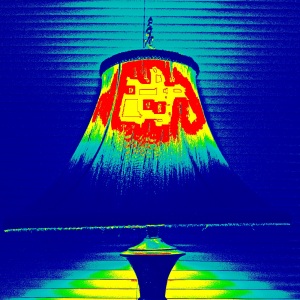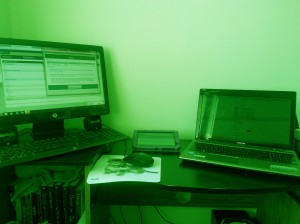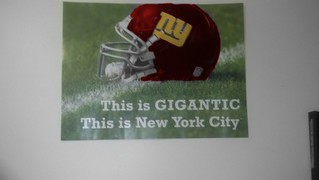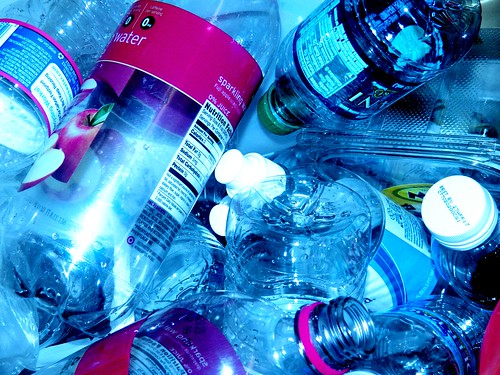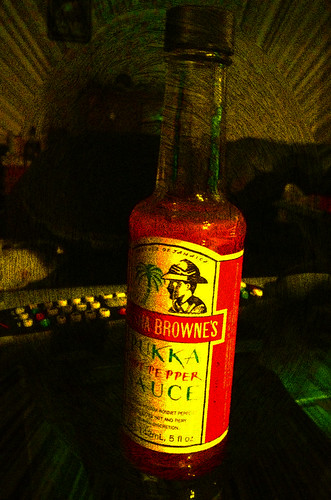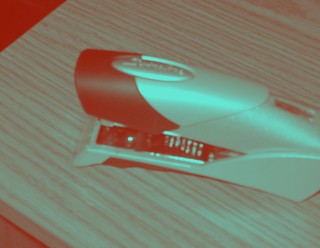At first I had no idea what to do for this assignment, so I looked around for what the heck I could tell a story about, with just the change of a color.
I ended up with something simple and an idea began to form.
I chose a water bottle.
I changed the blue lettering and splash of water to blue.
Why would I do that?
While a water bottle seems insignificant and harmless, it often has a different story.
The bottle packs an evil past and future motive.
A typical water bottle can take more oil to get into your hand then you realize. In one article, found at the link below, the author claims that “if you were to fill one quarter of a plastic water bottle with oil, you would be looking at roughly the amount used to produce that bottle.” While this number may be exaggerated, can you imagine what it would look like for us to gain a quarter of “29 billion bottles [purchased] every year” in oil back? But instead the bottle is content to let us keep spending out oil…how evil is that?
The bottle also has environmental issues. The bottles do not usually get into a recycling plant like we may all hope. They end up in landfills and oceans. So back into the earth. Hooray!
Health issues are also possibly linked to the bottles. The bottles, in some studies, after 10 or so days (according to the same article) can begin to leach toxins into the water. That is literally poison.
So bottle of water, or flask of poison?
Please weigh in with your opinions. I believe that while some of us may not believe all of these “facts” to be accurate, isn’t even suspicion of the dangers enough to make us want to run and scream?!
You can find the article at: http://homeguides.sfgate.com/water-bottle-pollution-79179.html







